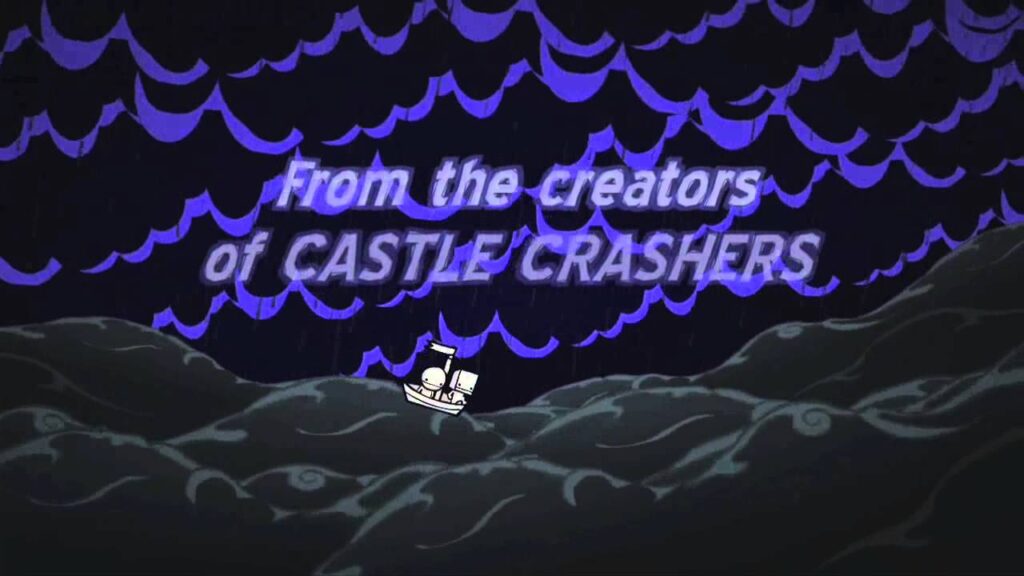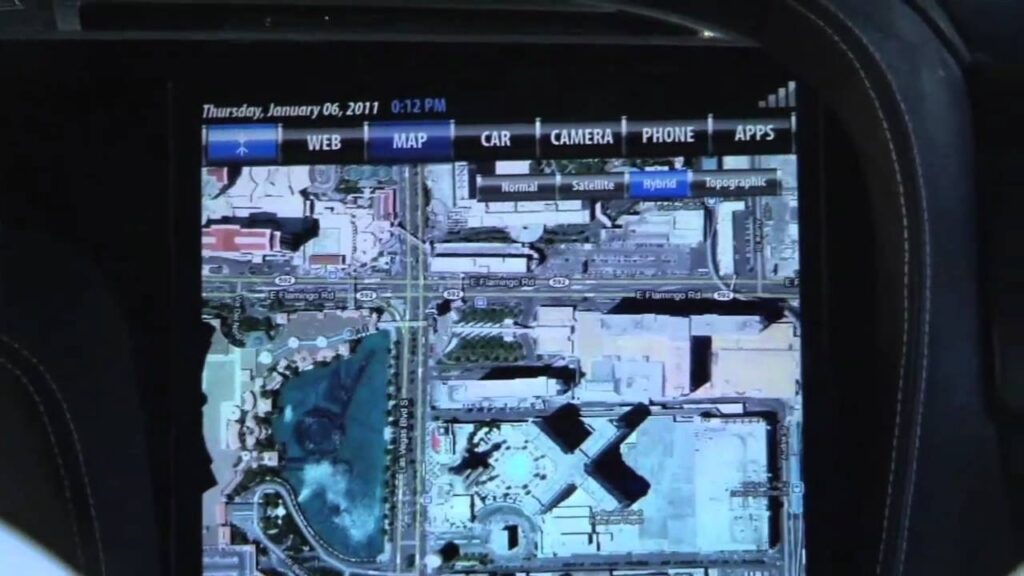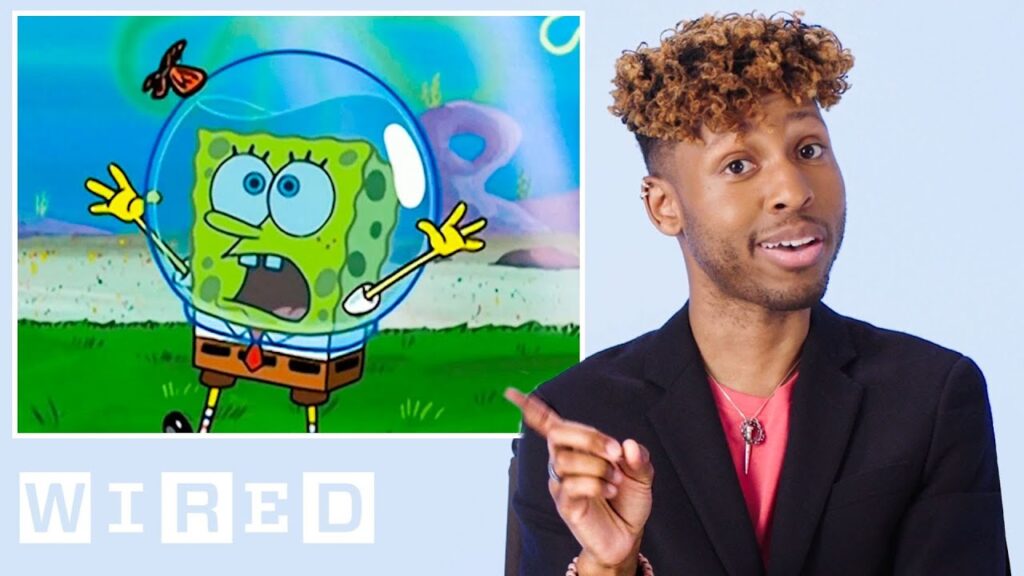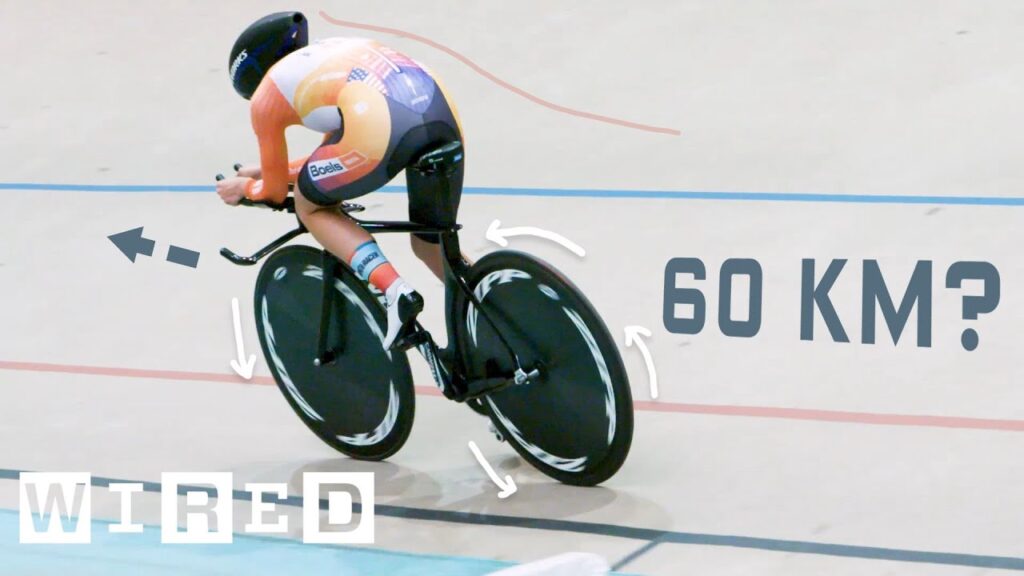Visual Effects in Movies and TV Shows: An Expert Guide
Summary
The article discusses the various techniques and challenges involved in the visual effects industry, including the use of front and rear projection in filming live-action pieces, digital painting, and the process of de-aging actors. The speaker also explains how visual effects work is divided among different facilities for long-sequence projects.
Table of Contents
- Front and Rear Projection: What are the Differences?
- The Mandalorian’s Use of Rear Projection and Real-Time Computer Graphics
- Digital Painting: Removing Unwanted Objects from Shots
- Creating Standout Muzzle Flashes and the Importance of Exposure Values and Interactive Lighting
- The Process of De-Aging Actors and Creating Synthetic Humans
- Introducing Children to the Behind-the-Scenes Process of Film-Making
- Handling Different Locations and Creatures in a Movie
- Dividing Visual Effects Work among Different Facilities
Introduction
The art of visual effects has come a long way over the years, especially with the popularity of movies and television shows that require otherworldly or period settings. In this article, we will explore some of the techniques used in the visual effects industry and learn from a VFX artist’s perspective how certain challenges are met.
Q&A
1. Front and Rear Projection: What are the Differences?
Front Projection is when an image is projected onto a screen in front of the actors, with the camera capturing the scene, including the backdrop. Rear Projection, on the other hand, is when the actors are in front of the screen, and the projected image is behind them. The speaker explains that the disadvantage of front projection is that the light can be inconsistent, making it more difficult to blend everything together.
2. The Mandalorian’s Use of Rear Projection and Real-Time Computer Graphics
The Mandalorian used an evolution of projection techniques, including rear projection, to create synthetic environments of any period piece or fantastical world with exact art-directed specifications, matching film grain or digital noise to the background. LED screens and real-time computer graphics are used to create an authentic live environment that is reflected on the actors and props in the scene.
3. Digital Painting: Removing Unwanted Objects from Shots
The process of digital painting is essential in removing unwanted props, characters or bystanders from a shot. The speaker suggests finding inspiration in movies with standout muzzle flashes but not to forget about the exposure values and interactive lighting that create a more cohesive look.
4. Creating Standout Muzzle Flashes and the Importance of Exposure Values and Interactive Lighting
When creating standout muzzle flashes, the speaker cautions against losing sight of exposure values and interactive lighting that create a more realistic look. Additionally, muzzle flashes and sparks should be affected by many other aspects of the scene, including wounds, light sources, and camera settings, to make them look more realistic.
5. The Process of De-Aging Actors and Creating Synthetic Humans
In the process of de-aging actors, photography is grafted and manipulated to make them look younger. There are different techniques to achieve this, such as using computer graphics to create a synthetic human that convincingly appears real. However, the challenges of making it look realistic is challenging because everyone is familiar with what a human face should look like. Subtle changes in posture and expression can be used to make the face appear more feminine or masculine.
6. Introducing Children to the Behind-the-Scenes Process of Film-Making
For a VFX artist and parent, introducing children to the behind-the-scenes process of film-making can be exciting and educational. The speaker encourages parents to take their children to see movies and explain the process, which can instil the magical wonder of movies and spark their interest in the visual effects industry.
7. Handling Different Locations and Creatures in a Movie
Movies often require shooting location scenes that cannot be shot together because of budget constraints, safety issues, and time constraints. A VFX artist is responsible for working within these parameters without allowing the audience to notice. Additionally, creature effects are other noteworthy aspects of being a VFX artist, as it takes a sophisticated team to create something that can appear realistic and believable.
8. Dividing Visual Effects Work among Different Facilities
Long-sequence projects usually involve several different VFX houses, each focusing on a specific character, effect, or location in a film. Dividing visual effects work among different facilities helps to optimize cost and maintain quality work delivery.
Conclusion
The art of visual effects requires a lot of creativity, ingenuity, and skill. The VFX industry continues to grow and evolve as filmmakers push the boundaries of what is achievable onscreen. Whether creating fantastical worlds or removing unwanted objects from a shot, VFX artists play an essential role in the film-making process.







